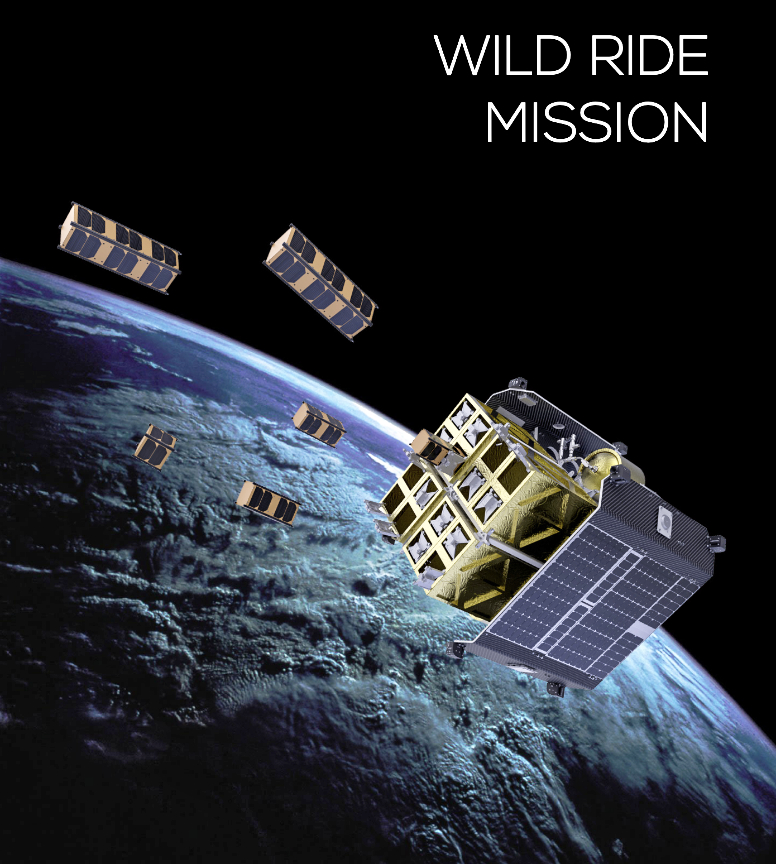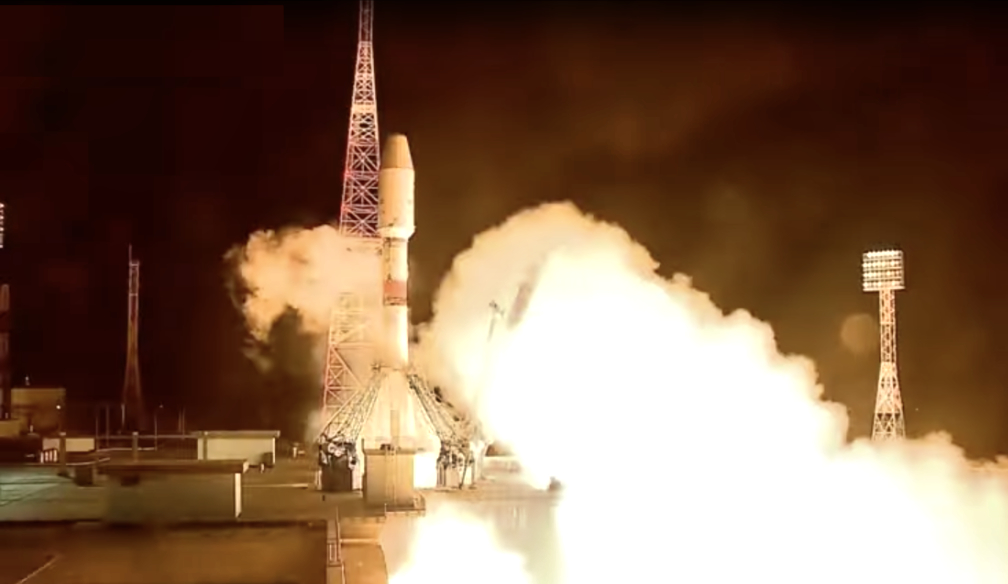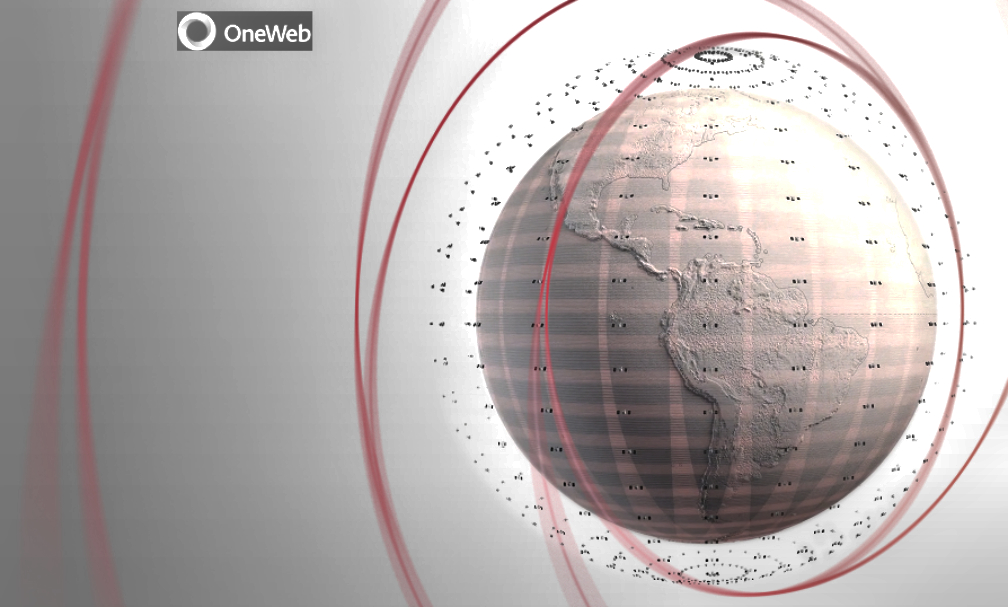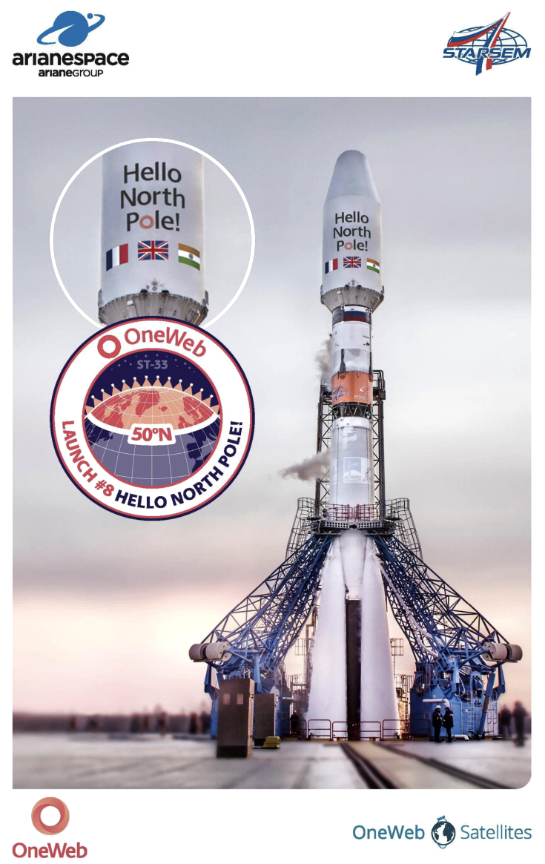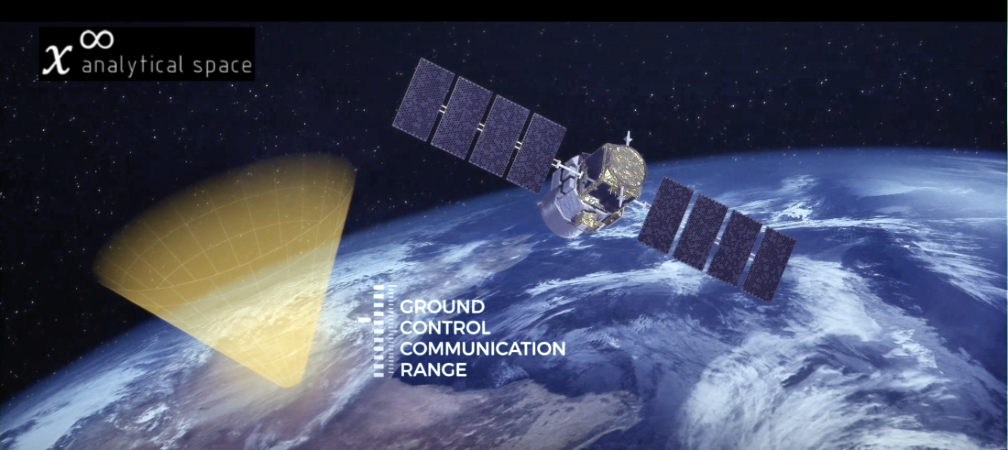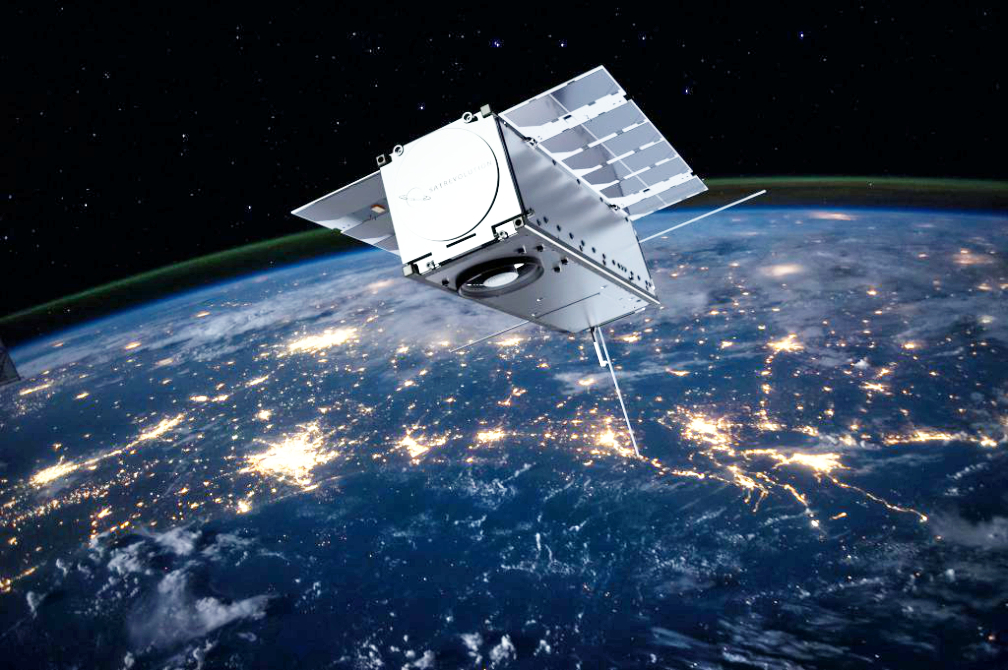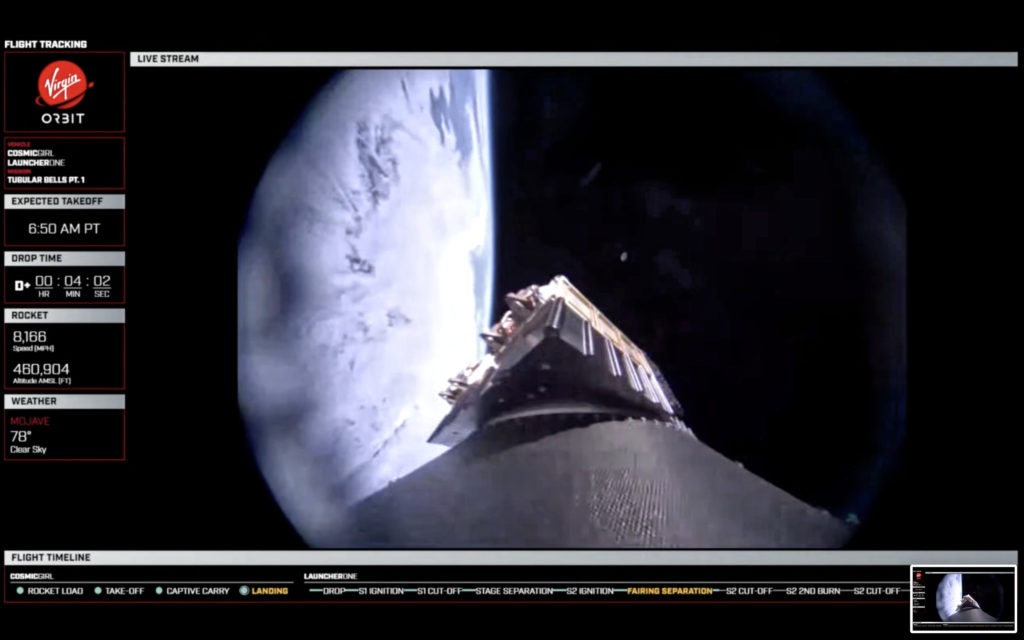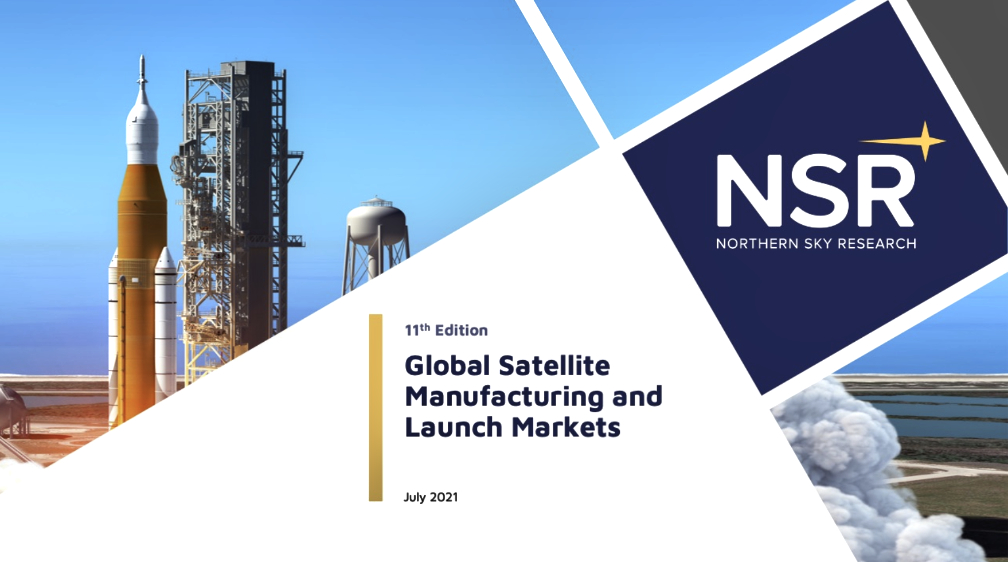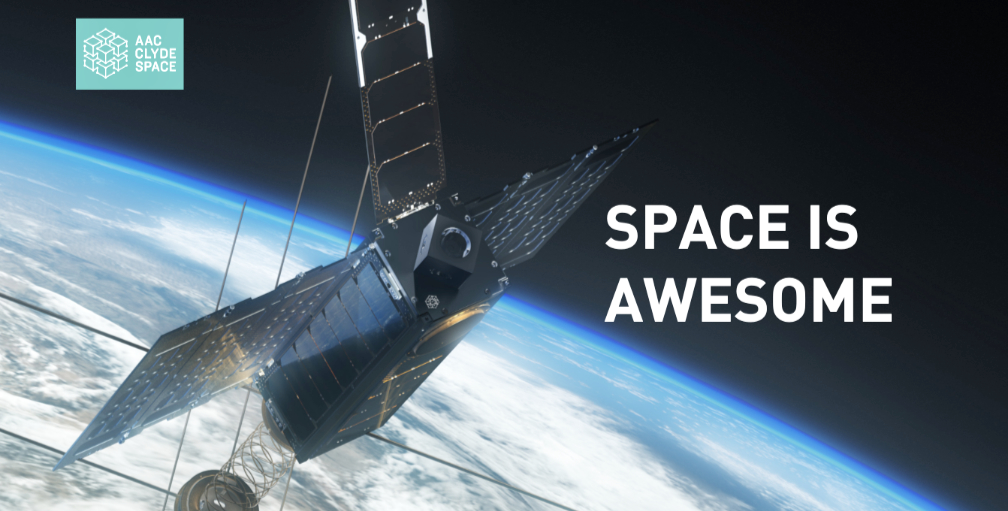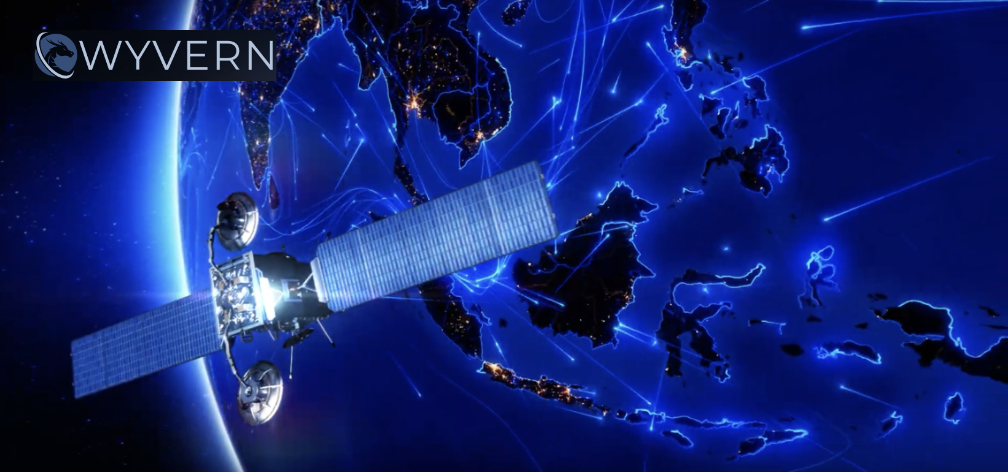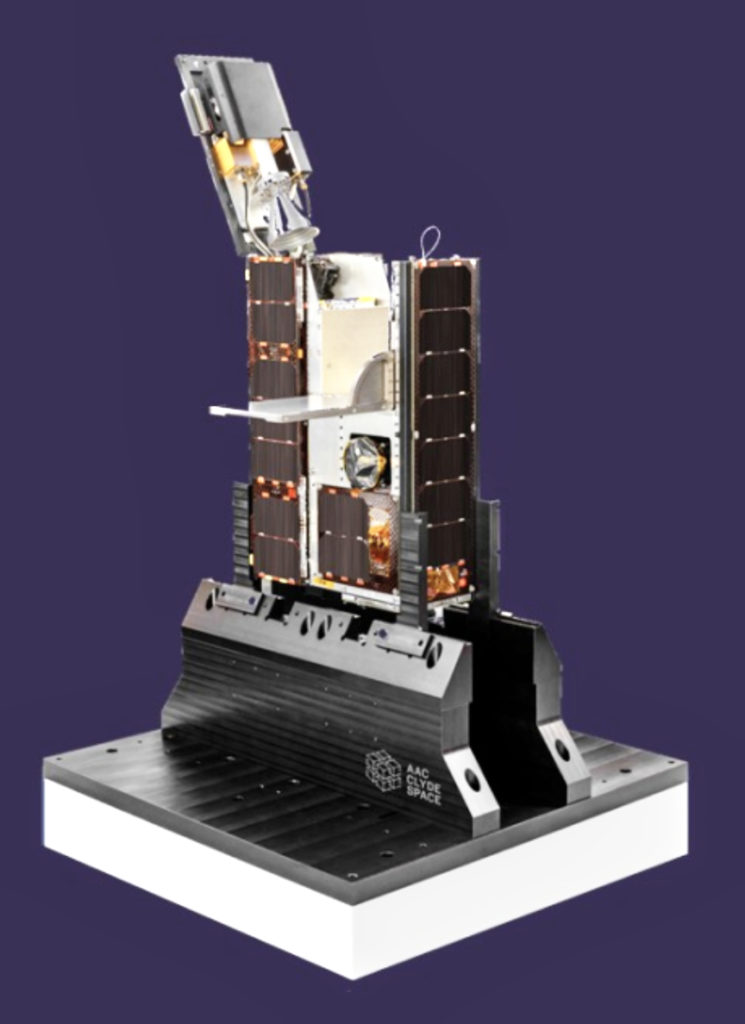
D-Orbit successfully launched another ION Satellite Carrier (ION), the company’s proprietary, orbital transportation vehicle — ION lifted off on June 30, 2021, at 9:31 pm CEST, atop a SpaceX Falcon 9 rocket from the Space Launch Complex 40 (SLC-40) at Cape Canaveral Space Force Station (CCSFS), Florida, and 60 minutes after liftoff, the vehicle was successfully deployed into a 500 km SSO.
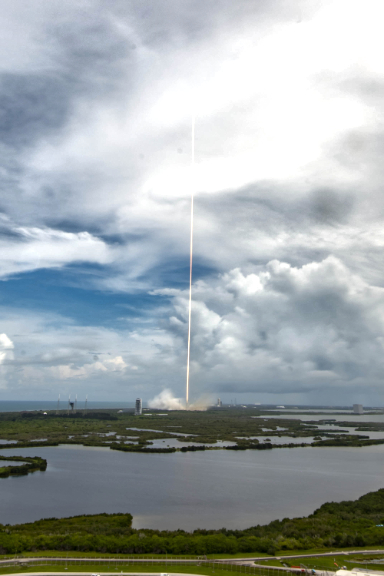
ION SCV 003 deployed six satellites into distinct orbits and performed the on-orbit demonstration of 12 hosted payloads. The mission serves clients from 14 different nationalities and brings the total payloads launched by D-Orbit to 63 in number.
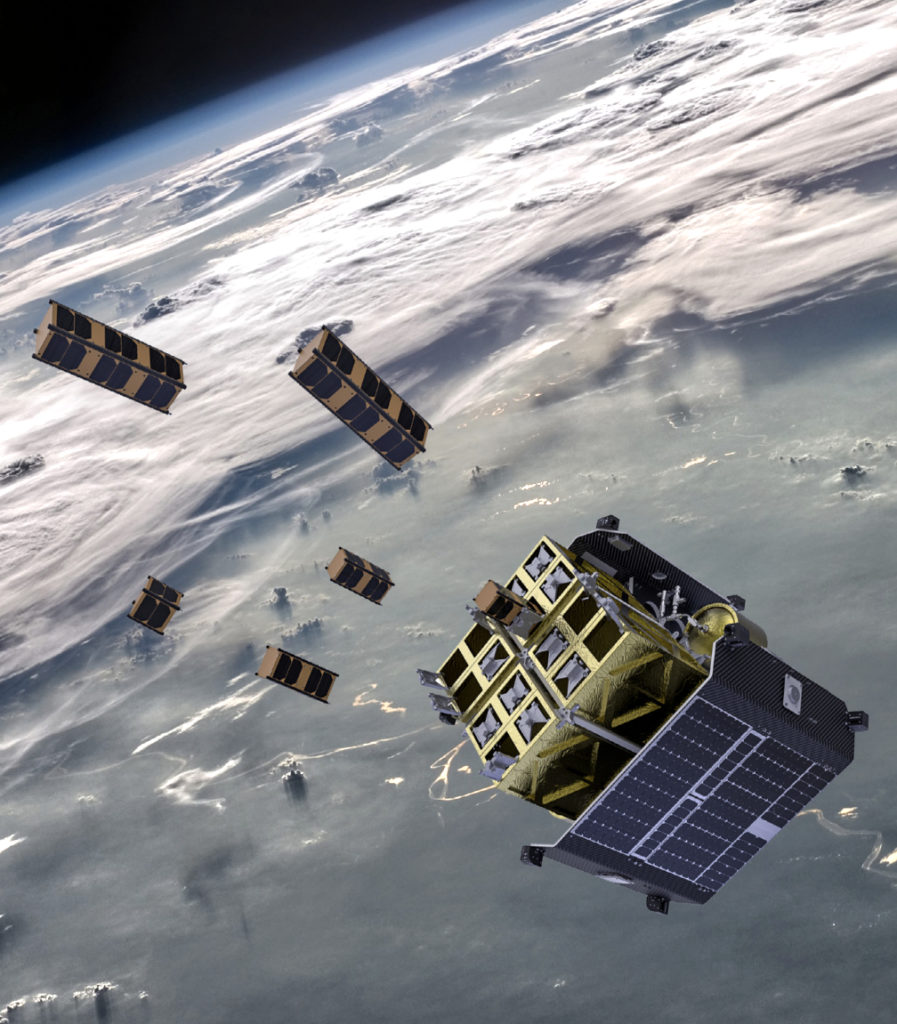
ION Satellite Carrier is a space cargo vehicle designed, manufactured and operated by D-Orbit. ION is able to accommodate multiple satellites, transport them into space, perform orbital maneuvers, and release them precisely into independent orbital slots. ION’s unique integrated capabilities also enable the spacecraft to perform in-orbit demonstration (IOD) services for third-party hosted payloads.
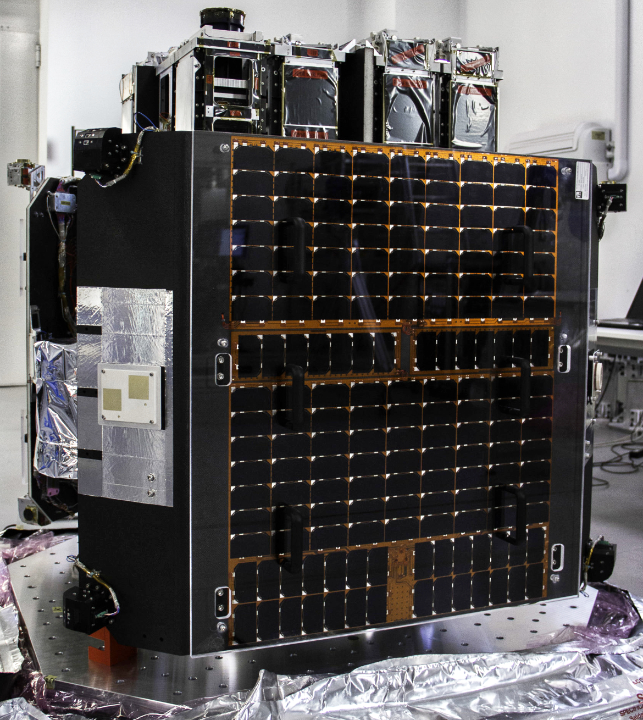
ION SCV 003 serves a wide range of international clients, like the Spanish Elecnor Deimos, the Bulgarian EnduroSat, and the Kuwaiti Orbital Space, which will launch the country’s first radio amateur satellite. Also on board, under contract with ISILAUNCH and integrated into a QuadPack from Dutch satellite manufacturer ISISPACE, are Finnish Reaktor Space Lab, Marshall Intech Technology from UAE, and the Royal Thai Airforce.
The mission entered into the launch and early orbit phase (LEOP), during which mission controllers performed a series of health check procedures in preparation for the operational phase, which started with the deployment of the satellites. ION delivered each satellite into a distinct orbit following a highly customized plan that defined the moment of release as well as the direction and speed of ejection of each spacecraft.
After the conclusion of the deployment phase, WILD RIDE will proceed with the on-orbit demonstration of LaserCube, an optical communication device from the Italian-based company Stellar Project, and the testing of Nebula, an on-demand, on-orbit cloud computing and data storage service at the core of D-Orbit’s upcoming advanced services. The first iteration of Nebula, which features an intelligent automation SpaceCloud iX5-100 radiation tolerant computing module by specialist Unibap, will demonstrate a range of innovative applications for advanced geospatial EO and Space Surveillance and Tracking (SST) applications using sophisticated, AI/ML algorithms for extremely low-latency decision support. The experiments will be conducted in collaboration with commercial partners such as the video compression techniques industry specialist V-Nova and the AI research accelerator Frontier Development Lab, a public / private research lab run by Trillium Technologies in partnership with the University of Oxford and supported by ESA.
A series of organizations, among which Enea AB, SaraniaSat Inc., 12G Flight Systems, and Ubotica Technologies, is involved in this phase of the mission to further test the capabilities of the cloud ecosystem and its applications.
Finally, ION will enter the decommissioning phase through the testing of ADEO-N2, a small, 1U-size, de-orbit sail subsystem, developed by the German space structures company HPS, that will lead to a faster, residue-free incineration of ION upon re-entry.
“This is our third mission in less than nine months, and our incoming fourth mission is already fully booked,” said Luca Rossettini, D-Orbit’s CEO. “The pace at which we’re moving is a true testament to the economic benefits delivered to satellite operators and space companies leveraging space logistics’ services. I’m proud of what we have accomplished so far, thanks to the extraordinary skills and dedication of our team, and excited to witness our contribution to the new space sector as our company grows, and our technology keeps pushing the envelope of what is possible.”
The mission will also feature a SETI (Search for Extraterrestrial Intelligence) experiment in collaboration with media artist Daniela de Paulis and INAF (Istituto Nazionale di Astrofisica). The experiment, which investigates the possibility to communicate with other kinds of life in the universe, consists in the transmission of simulated alien messages to be received and decoded by radio telescopes worldwide.
While celebrating the beginning of the new mission, the team is already preparing for the next one, scheduled for December 2021, and already fully booked.
